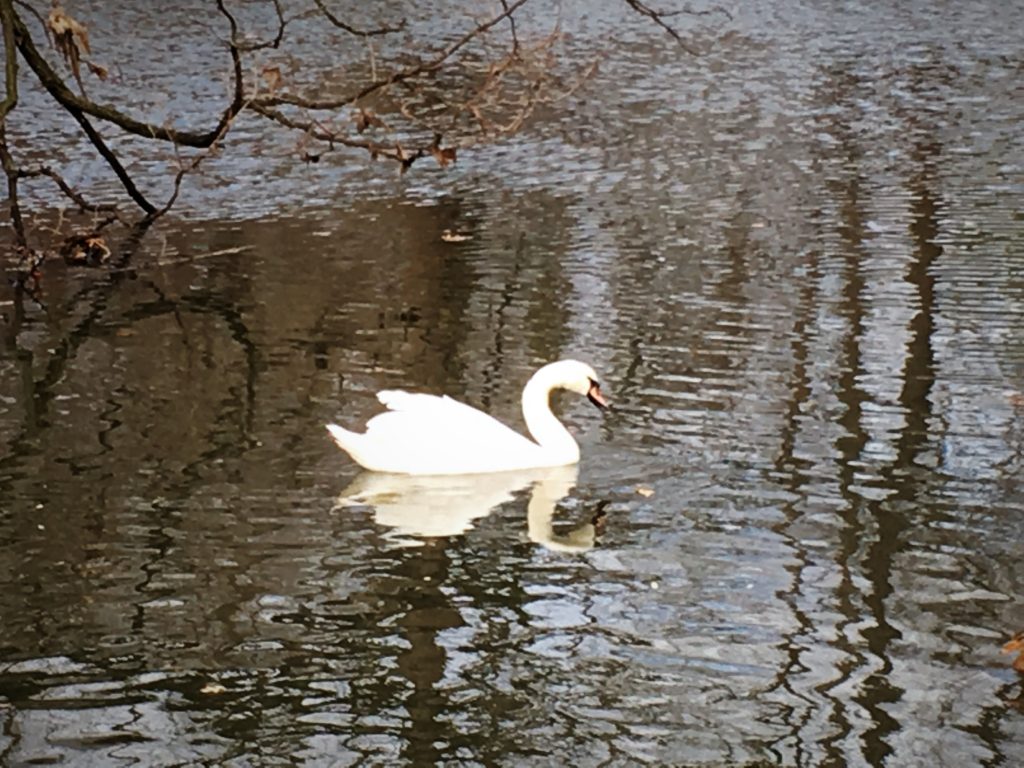After a soggy New Year’s Eve, we woke up to a sunny new beginning. I joined a few friends for the First Day Hike at Cortlandt Park in Riverdale, Bronx. Two rangers from the Department of Parks & Recreation guided us on a 90-minute walk.
At 1,146 acres, Van Cortlandt is the third largest park in the New York metro area: The largest one is Pelham Bay Park on the northeast coast of Bronx; the second, Staten Island Greenbelt. It is named after the Van Cortlandt family, early settlers of Dutch origin who own the land since late 17th century. Frederick Law Olmsted, the designer of Central Park, noticed the beauty and potential of the property and proposed for city to acquire the land in 1876. Unlike Central Park, it is mostly natural landscape.
We began the hike at the historical Van Cortlandt House. Built in mid-18th century, it is the oldest existing house in Bronx. George Washington stayed in the house multiple times during the Revolutionary War period. Remaining mostly in its original form, the house became a National Historical Landmark in 1976. With holiday wreathes hanging on doors and window, it stood proudly under the winter sun. Its past splendor was almost tangible.

The ground under the brick-paved steps looked deserted. However, we were told that, in late summer and autumn, native wildflowers would blank the area with brilliant colors. Milkweed, the only food source for American Monarch butterflies, grow in the wetland near the house.

While we celebrated the sun breaking through the clouds, the wildlife also came out of their shelters. Armies of Canada geese landed on the meadow. Chickadees hopped from branch to branch as we walked by. A young great blue heron made a surprise entrance, cutting through air with its wings expanded. Swans and ducks glided on the lake. We saw multiple species of woodpeckers lurking around, looking for the next target. Birders in the group held up their binoculars, excited.

We walked along sites of old railroad paths. Pillars of stone “specimens” were place in the open air by New York Central Railroad in 1905, testing their durability. It was part of the selecting process for the exterior wall materials for Grand Central Terminal. All the pillars seemed to have endured the challenge for over a century.

Several of us followed the rangers for an extend up-hill climb to the burial vault of the Van Cortlandt family. During the Civil War, official records of the city were buried underground there—to prevent them from being destroyed. Nowadays, the area is hidden behind woods and unattended.
Walking under the comforting sun, surrounded by nature, was a beautiful way to start a new year.

